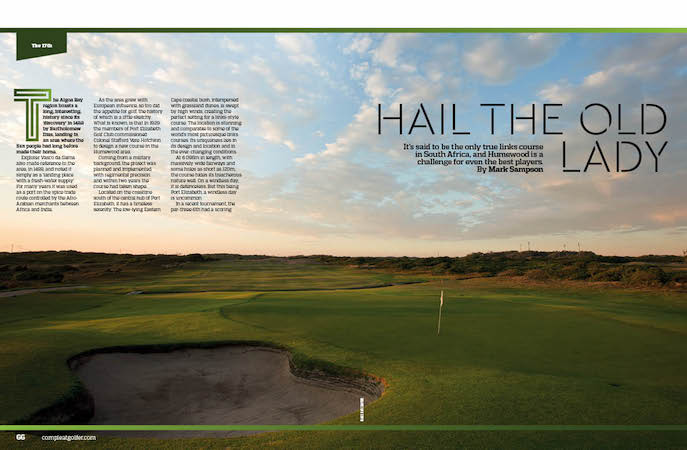It’s said to be the only true links course in South Africa, and Humewood is a challenge for even the best players, writes MARK SAMPSON in Compleat Golfer.
The Algoa Bay region boasts a long, interesting history since its ‘discovery’ in 1488 by Bartholomew Dias, landing in an area where the San people had long before made their home.
Explorer Vasco da Gama also made reference to the area, in 1498, and noted it simply as a ‘landing place with a fresh-water supply’.
For many years it was used as a port on the spice trade route, controlled by the Afro-Arabian merchants between Africa and India.
As the area grew with European influence, so too did the appetite for golf, the history of which is a little sketchy. What is known, is that in 1929 the members of Port Elizabeth Golf Club commissioned Colonel Stafford Vere Hotchkin to design a new course in the Humewood area.
Coming from a military background, the project was planned and implemented with regimental precision and within two years the course had taken shape.
Located on the coastline south of the central hub of Port Elizabeth, it has a timeless serenity. The low-lying Eastern Cape coastal bush, interspersed with grassland dunes, is swept by high winds, creating the perfect setting for a links-style course. The location is stunning and comparable to some of the world’s most picturesque links courses. Its uniqueness lies in its design and location and in the ever-changing conditions.
At 6 096m in length, with massively wide fairways and some holes as short as 120m, the course hides its treacherous nature well. On a windless day, it is defenceless. But this being Port Elizabeth, a windless day is uncommon.
In a recent tournament, the par-three 6th had a scoring average of 5.2. The reality is when the wind is up, the entire course is exposed, the undulating fairways are hard and the ball rolls in all directions.
Bunkers are scattered everywhere: many are impossible to spot, or see out when you’re in them. To top it off, the immaculate surfaces of the bent-grass greens, having numerous subtle undulations, are massive – perfect for the dreaded three-putt. Yes, the old lady has oodles of protection, which demands patience and precise course management to break down.
The 1st is a relatively innocuous par four with two fairway bunkers right and a flattish green. Changing direction, the 2nd is a dogleg left. The further right you go, the longer the hole, but cut off too much and you will have your first introduction to coastal bush.
Humewood is very much about the par threes, the first of which is a monster of 190m. If the wind is up, the longest club in your bag may be necessary. Two massive bunkers right await any pushed shots. The 4th is the first of a number of long par fours. Its length of 394m and well-protected green make par a tough task. Again, a wide fairway awaits, but two bunkers on the right guard it. The approach, with a long-iron to an elevated green with two cavernous bunkers front left, make the green look inaccessible. In hindsight, it offers a big target.
The 5th is another straight hole, with a fairway bunker right. At 331m, it is not long. However, its defence comes in the form of an elevated, long, thin green. Even with a relatively short-iron, any wind makes this surface difficult to find. Next up is the famous par-three 6th – the ‘shortest par four in the world’, according to Retief Goosen.
Depending on the wind direction, you may get some respite on the par-five 7th. At 490m it can be a long hole as it winds its way down to the green, which is surrounded by bunkers. The relatively small putting surface can be elusive, so lay up and leave yourself a short iron.
The hardest hole on the course is the uphill, 405m par-four 8th. Dead straight, with no bunkers, it may seem easy, but in a south-wester it pretty much becomes a par five.
Also, the fairway is slightly obscured by coastal bush from the tee box, so choosing a line is difficult. The green is large but not massively sloping, so again, the wind is the primary reason for the stroke-one rating.
The 9th is a straightforward par four of only 325m. Bunkers on the right leading up to the green are not really in range from the tee box, but another two bunkers greenside need to be noted.
The back nine has a lot more changes in elevation than the front nine and the undulating fairways become more severe, which is particularly noticeable on the par-four 10th. The massively wide fairway is impossible to miss, but it is rated four for a reason. From the fairway, the green is obscured by mounds and you will be playing from an uneven stance and almost certainly into the wind.
The par-five 11th has an elevated tee box with bush running down its entire right flank. The fairway meanders from left to right, to the green. One tiny pot bunker left may be in play for the longer hitter, but another, further down and peculiar in shape, is one to avoid as its diminutive size hinders your stance.
After the short par-three 12th comes one of South Africa’s most renowned par fours. At 402m, often into the south-wester, it has wrecked many a card. Its undulating fairway leads up to a small, two-tiered green sidled up against coastal bush. Gary Player rates it as one of the toughest in the world.
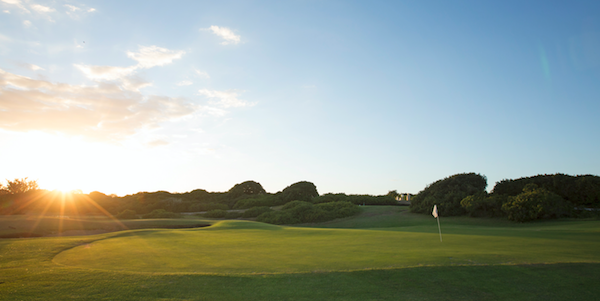
One of the most challenging holes in the business is followed by the best view on the course. The tee box of the 14th gives a view of most of the course, club house and ocean, and it should be enjoyed while you catch your breath.
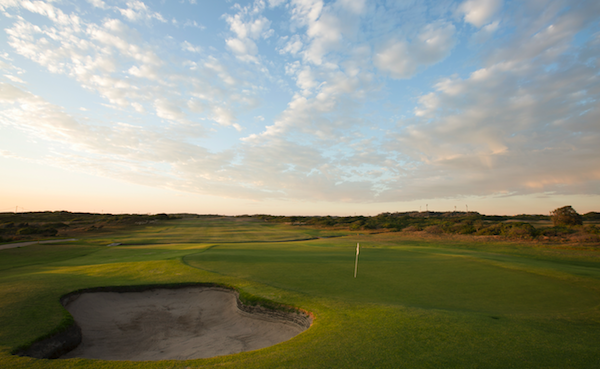
Two par fives and a par four follow as the course meanders back towards the ocean. The 18th then leads you straight back to the iconic clubhouse. The 359m can be enjoyed knowing that many, if not all, of South Africa’s golfing greats have walked this course.
The history is plain to see when entering the clubhouse: walls adorned with trophies, letters, scorecards, clubs and images of winners from yesteryear. Having hosted the Goodyear Classic from 1984 to 1992, the SA Open five times and SA Amateur 10 times, every corner sports reminders of the great players our country has produced.
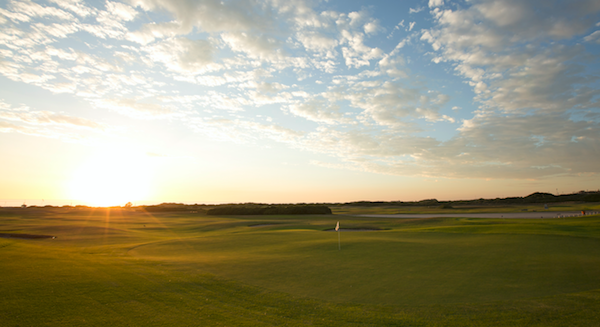
As enjoyable as the bar and veranda overlooking the course are, be sure to spend time walking along these hallowed corridors.
The memorabilia dates back to some of the greats, from Sid Brews and Bobby Locke to Gary Player and, more recently, Goosen and Ernie Els. All of them have played a pivotal role in South Africa’s esteemed golfing history.
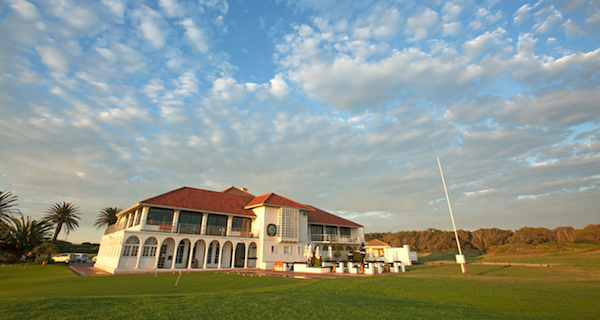
– This article first appeared in the May issue of Compleat Golfer

